Native pollinators in the United States face an increasing threat from non-native insect species that compete for resources and disrupt established ecological balances. These invasive insects, often introduced accidentally through global trade or deliberately for agricultural purposes, are rapidly changing the pollination landscape across America. Their presence not only threatens biodiversity but also impacts agricultural productivity, as many crops rely heavily on specific pollinator relationships that have evolved over thousands of years. Understanding this shifting dynamic is crucial for conservation efforts, agricultural planning, and maintaining the delicate ecological web that sustains both natural environments and human food systems.
The Essential Role of Native Pollinators
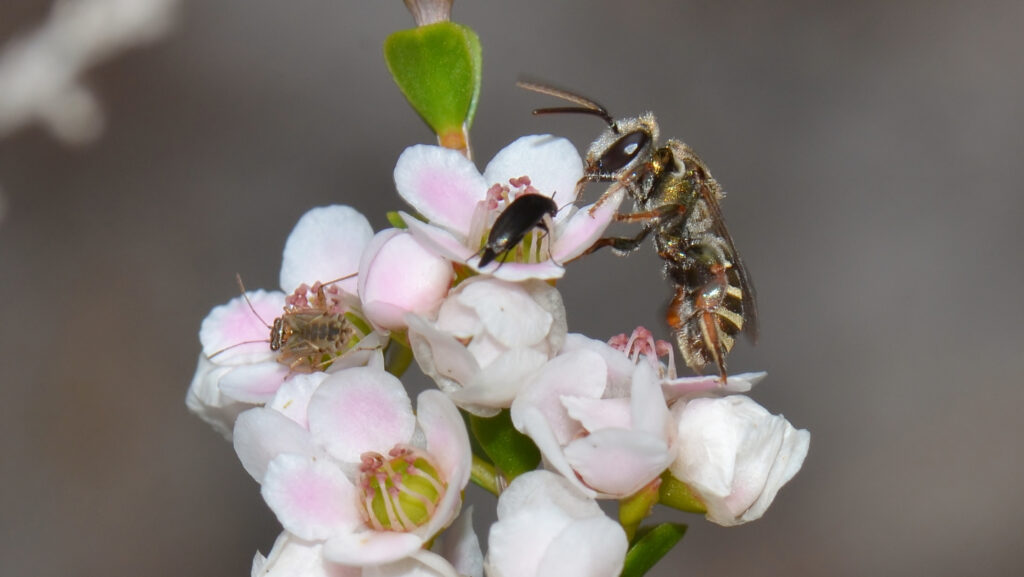
Native pollinators have co-evolved with American flora for millennia, creating specialized relationships that benefit both plants and insects. These indigenous species—including various bees, butterflies, moths, flies, and beetles—are perfectly adapted to local ecosystems and plant phenology. Their specialized body structures, from the long proboscis of certain moths to the specialized pollen-collecting apparatus of native bees, have evolved specifically to access the nectar and pollen of native plants. Beyond mere pollination, these insects serve as food sources for birds, mammals, and other insects, creating a complex web of ecological interactions that maintain ecosystem stability. Research has shown that native pollinators are often more efficient at pollinating native plants than their non-native counterparts, highlighting their irreplaceable ecological value.
European Honey Bees: Friend or Foe?
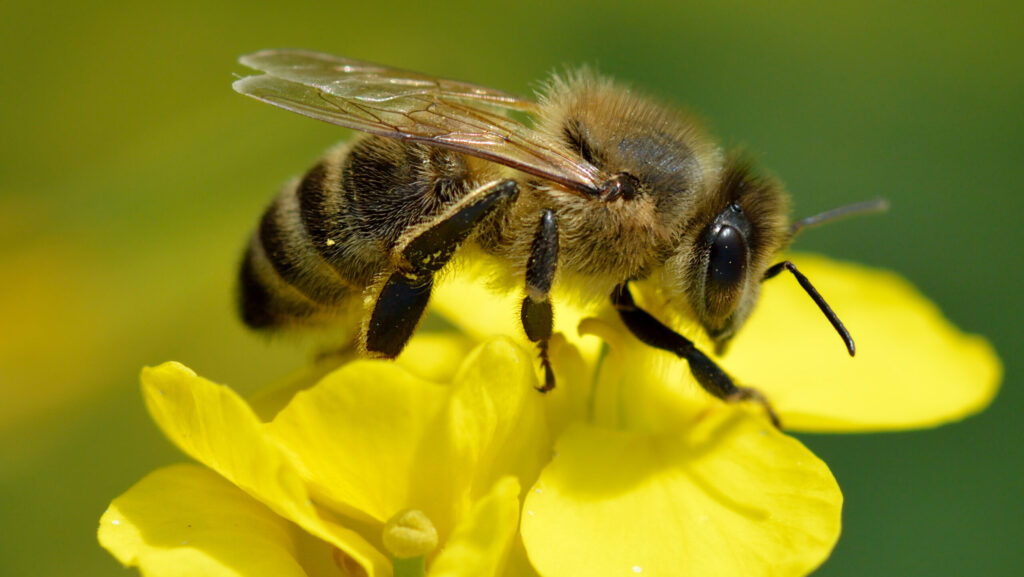
European honey bees (Apis mellifera), though widely celebrated for their honey production and agricultural pollination services, represent one of the earliest and most widespread non-native pollinator introductions to North America. Brought by European settlers in the early 17th century, these highly social insects have become deeply integrated into American agriculture and beekeeping practices. While they provide essential pollination services for many commercial crops, European honey bees compete directly with native bee species for floral resources, potentially outcompeting less aggressive native pollinators. Studies have demonstrated that areas with high honey bee density often show reduced native bee diversity and abundance, particularly among specialist pollinators that cannot easily switch to alternative food sources. Additionally, honey bees can transmit diseases and parasites to native bee populations, further compromising the health of indigenous pollinator communities.
The Devastating Impact of Asian Giant Hornets

The Asian giant hornet (Vespa mandarinia), sensationally dubbed the “murder hornet” by media outlets, represents a relatively new but potentially devastating threat to American pollinators. First detected in Washington State in 2019, these large predatory insects specialize in attacking honey bee colonies, with a small group of hornets capable of decimating an entire hive in hours through a coordinated “slaughter phase.” Unlike Japanese honey bees that have evolved defensive mechanisms against these predators, North American honey bees lack effective strategies to counter such attacks. Beyond their direct predation on honey bees, these hornets also compete with native insects for prey and habitat resources. Their potential spread across North America could devastate both managed honey bee colonies and already vulnerable native bee populations, creating cascading effects throughout pollinator-dependent ecosystems.
Varroa Mites: Tiny Parasites with Enormous Impact

Varroa destructor mites represent one of the most significant biological threats to both managed and wild bee populations throughout the United States. These parasitic arachnids, native to Asia and first detected in the U.S. in 1987, attach themselves to honey bees and feed on their fat bodies, weakening the insects and vectoring deadly viruses. The devastating impact of these mites extends beyond honey bees to native pollinators through a phenomenon known as pathogen spillover, where diseases amplified in managed honey bee colonies spread to wild bee populations. Research has documented the transmission of deformed wing virus and other pathogens from honey bees to native bumble bees and solitary bees in areas with high varroa infestation. The complex relationship between these parasites, their honey bee hosts, and the broader pollinator community represents a particularly insidious threat to pollinator biodiversity, as the effects can spread far beyond directly parasitized species.
Small Hive Beetles: Unwelcome Colony Invaders
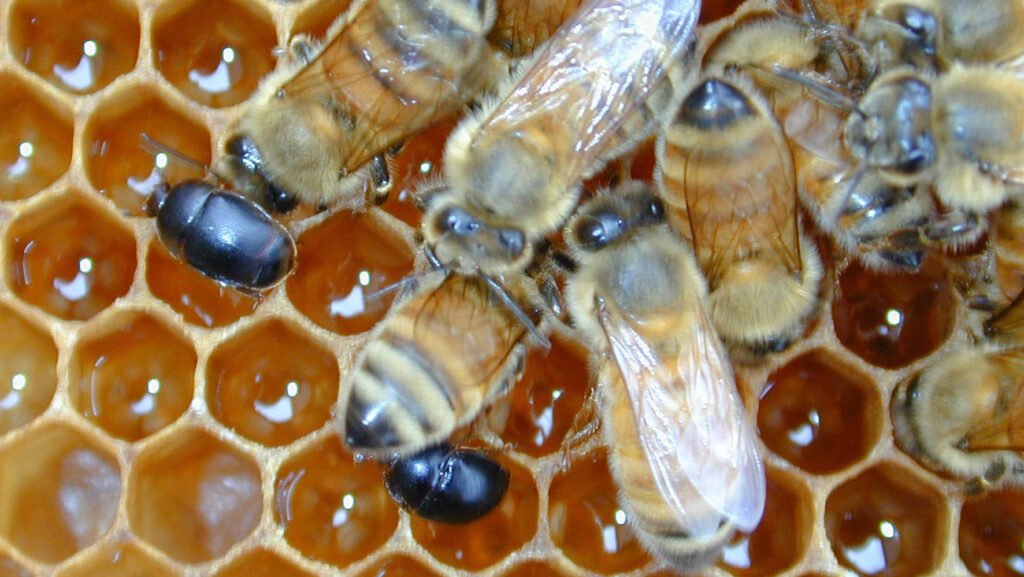
Small hive beetles (Aethina tumida), native to sub-Saharan Africa but now established throughout much of the United States, represent another serious exotic pest affecting bee populations. These opportunistic insects invade honey bee colonies, where they consume honey, pollen, and bee brood, while also contaminating honey with their feces, causing it to ferment and become unusable. First detected in Florida in 1998, small hive beetles have spread rapidly across the country, placing additional stress on already struggling managed bee colonies. Though primarily considered pests of honey bee hives, emerging research suggests these beetles may also invade bumble bee colonies and nests of solitary bees, potentially expanding their impact to native pollinator species. Their ability to fly up to 10 miles in search of new host colonies makes them particularly difficult to control once established in an area, allowing them to rapidly expand their range and impact.
Spotted Lanternfly: A Broader Ecological Disruptor

The spotted lanternfly (Lycorma delicatula), native to China, has emerged as one of the most concerning invasive insects in the eastern United States since its discovery in Pennsylvania in 2014. While not directly competing with native pollinators for floral resources, these striking insects cause extensive environmental damage that indirectly impacts pollinator habitats and food sources. Spotted lanternflies feed on the sap of more than 70 plant species, weakening trees and shrubs that might otherwise provide nesting sites or floral resources for native pollinators. Their feeding activity produces copious amounts of honeydew, a sticky substance that promotes the growth of sooty mold on leaves, reducing plant photosynthesis and potentially diminishing floral output. Additionally, the massive management efforts directed at controlling these invasive insects, including widespread insecticide applications, may have unintended consequences for non-target beneficial insects, including native pollinators sharing the same habitats.
Japanese Beetles: Destructive Garden Invaders
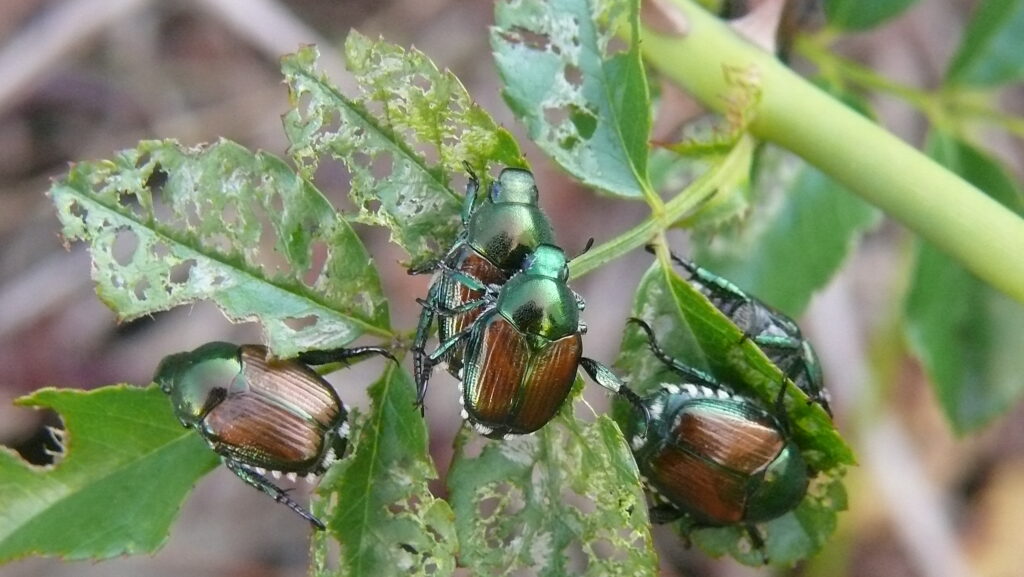
Japanese beetles (Popillia japonica), first discovered in the United States in 1916, have become ubiquitous garden and agricultural pests throughout much of the eastern and midwestern states. These metallic green beetles feed on the leaves, flowers, and fruits of over 300 plant species, directly competing with pollinators by consuming floral resources and damaging plants that would otherwise support native pollinator communities. Their skeletonizing feeding behavior, where they consume leaf tissue between veins, can significantly reduce plant vigor and flowering capacity, diminishing available resources for native pollinators. Interestingly, Japanese beetles themselves are pollinators of a sort, carrying pollen between plants as they feed, but their overall negative impact on plant communities far outweighs any beneficial pollination services they provide. Management efforts targeting these beetles, particularly the widespread use of systemic insecticides, can further harm native pollinators that visit treated plants.
Brown Marmorated Stink Bugs: Agricultural Competitors
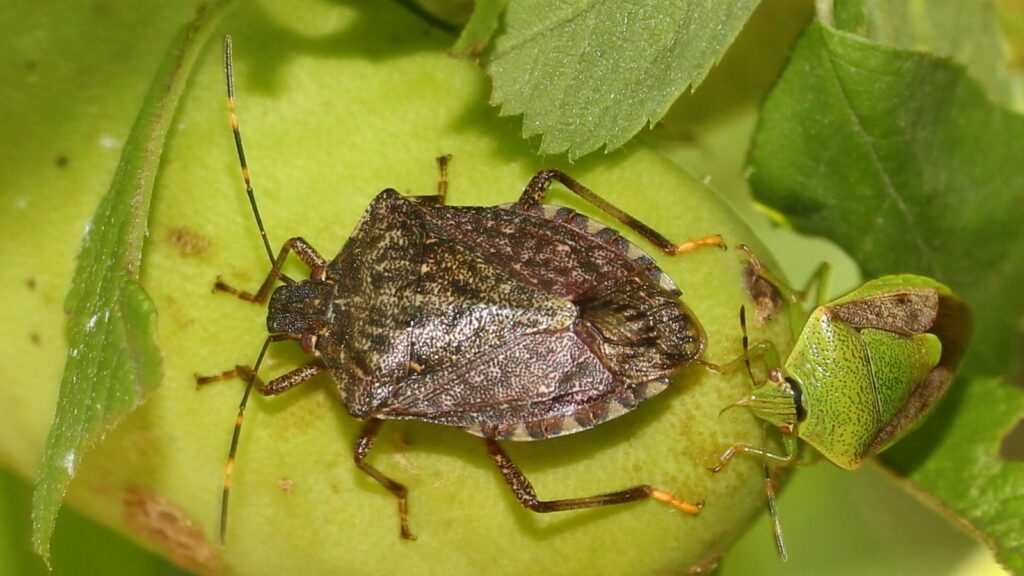
The brown marmorated stink bug (Halyomorpha halys), native to East Asia and first detected in Pennsylvania in the late 1990s, has rapidly spread across the United States, causing significant agricultural damage and creating ecological ripple effects that impact pollinator communities. These shield-shaped insects feed on a wide variety of fruits, vegetables, and ornamental plants, damaging crops and potentially reducing floral resources available to native pollinators. Their feeding activity can trigger defensive responses in plants that alter nectar production and quality, indirectly affecting pollinator nutrition and foraging behavior. In agricultural settings, the intensive insecticide applications often employed to control stink bug infestations can have devastating non-target effects on beneficial insects, including native pollinators visiting the same crops. As climate change potentially expands their range and increases their reproductive potential, these invasive insects may pose an increasingly significant threat to both agricultural productivity and pollinator health.
Imported Fire Ants: Nest Predators and Habitat Modifiers
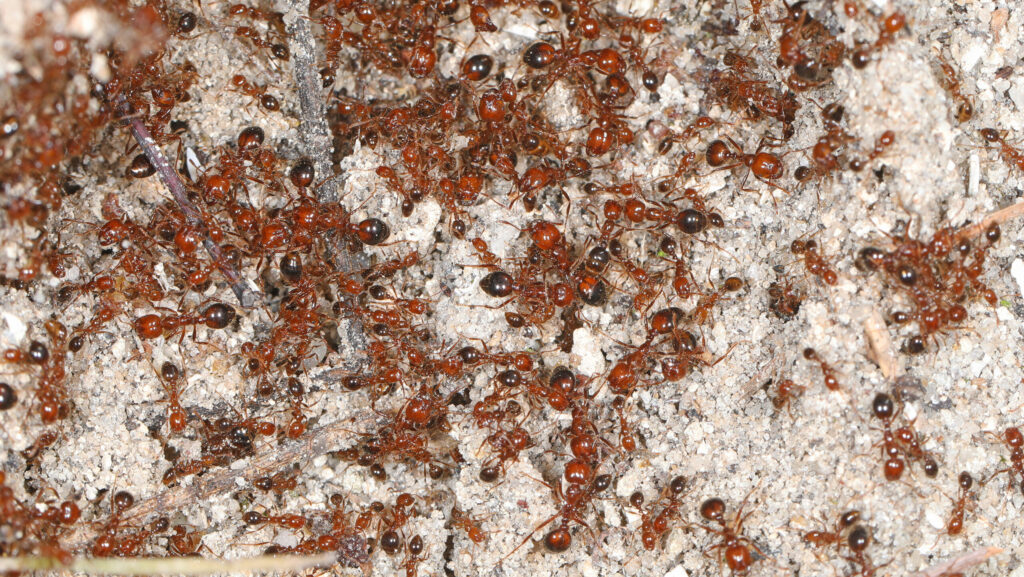
Imported fire ants, particularly the red imported fire ant (Solenopsis invicta) from South America, have transformed ecosystems across the southern United States since their introduction in the 1930s. These aggressive insects directly impact ground-nesting native bee species, which represent approximately 70% of North America’s native bee diversity. Fire ants readily prey upon ground-nesting bees, their larvae, and their food provisions, potentially eliminating entire local populations of vulnerable species. Beyond direct predation, these ants modify soil properties through their mound-building activities, potentially rendering suitable nesting sites unusable for native bees. Their tendency to form super colonies with extremely high population densities allows them to dominate landscapes, outcompeting native ant species that might otherwise maintain more balanced ecological relationships with pollinator communities. Control efforts using broadcast insecticides can further compound negative effects on non-target beneficial insects, creating a complex management challenge for conservation practitioners.
Emerald Ash Borer: Destroying Pollinator Habitats
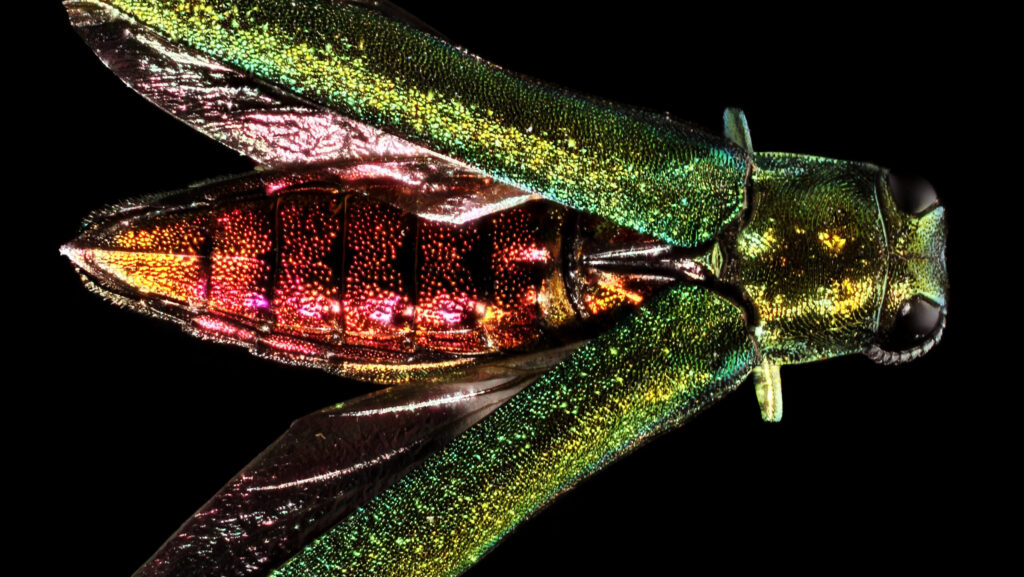
The emerald ash borer (Agrilus planipennis), a metallic green beetle native to Asia, has killed hundreds of millions of ash trees across North America since its discovery in Michigan in 2002. While not directly competing with pollinators, this invasive pest has dramatically altered forest ecosystems by eliminating ash trees, which play important ecological roles including supporting diverse herbivorous insects that serve as prey for predatory pollinators like wasps. The rapid loss of ash trees creates canopy gaps that can dramatically alter forest understory light conditions, changing the composition of herbaceous plant communities that provide critical floral resources for native pollinators. Research has documented significant shifts in forest plant communities following emerald ash borer invasion, with cascading effects on pollinator assemblages dependent on specific forest wildflowers. The widespread tree mortality also eliminates potential nesting sites for cavity-nesting bees and wasps, further impacting pollinator community structure and abundance.
Africanized Honey Bees: Aggressive Competitors

Africanized honey bees, hybrids between European honey bees and African honey bee subspecies, have established themselves across the southern United States since first entering from Mexico in 1990. Often sensationalized as “killer bees,” these insects are actually genetically similar to other honey bees but display more defensive behavior around their hives and greater reproductive capacity. Their aggressive resource gathering and rapid colony reproduction allows them to outcompete both European honey bees and native bee species for floral resources and nesting sites. Research indicates that areas with established Africanized honey bee populations often show reduced native bee diversity, particularly among species with similar floral preferences. Their ability to establish feral colonies in smaller cavities than European honey bees enables them to occupy limited nesting resources that might otherwise support native cavity-nesting species. Additionally, their tendency to initiate foraging earlier in the day and at lower temperatures gives them competitive advantages in harvesting available nectar and pollen before other species arrive.
Conservation Strategies and Management Approaches
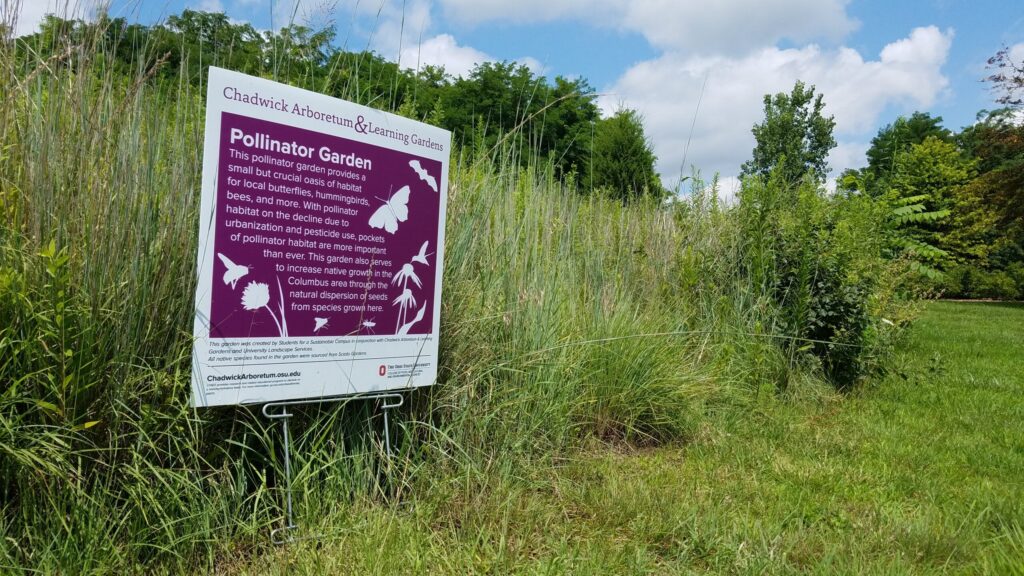
Addressing the complex challenges posed by invasive insects requires integrated approaches combining research, policy, and practical management techniques. Early detection and rapid response systems represent critical first-line defenses, with citizen science initiatives like Bee Spotter and the National Invasive Species Information Center enabling broader surveillance than government agencies could achieve alone. Habitat restoration and enhancement efforts focused on native plant communities can provide critical resources for native pollinators, potentially increasing their resilience against competition from non-native species. Targeted biological control programs, carefully tested to avoid unintended consequences, offer sustainable management options for certain invasive insects, as exemplified by parasitoid wasps being studied to control spotted lanternfly populations. Public education about the ecological importance of native pollinators and the threats posed by invasive species remains essential for building community support for conservation initiatives and encouraging individual actions that collectively contribute to landscape-level pollinator health.
The Role of Climate Change in Shifting Pollinator Dynamics

Climate change acts as a powerful multiplier of invasive species impacts on native pollinator communities through several interconnected mechanisms. Rising temperatures and altered precipitation patterns create new opportunities for non-native insects to expand their ranges northward and into higher elevations previously inaccessible to them due to climatic limitations. These changing conditions simultaneously stress native species that have evolved within specific climate parameters, potentially reducing their competitive abilities when faced with invasive competitors. Phenological mismatches—where the timing of plant flowering no longer aligns with the emergence of their traditional pollinators—create ecological openings that generalist invasive species can readily exploit. Research models predict that many invasive pollinators and pollinator competitors will experience expanded suitable habitat in North America under various climate change scenarios, while many specialized native pollinators face range contractions. This dynamic interplay between climate change and biological invasions represents one of the most significant challenges for long-term pollinator conservation planning.
The Economic Impact of Shifting Pollinator Communities
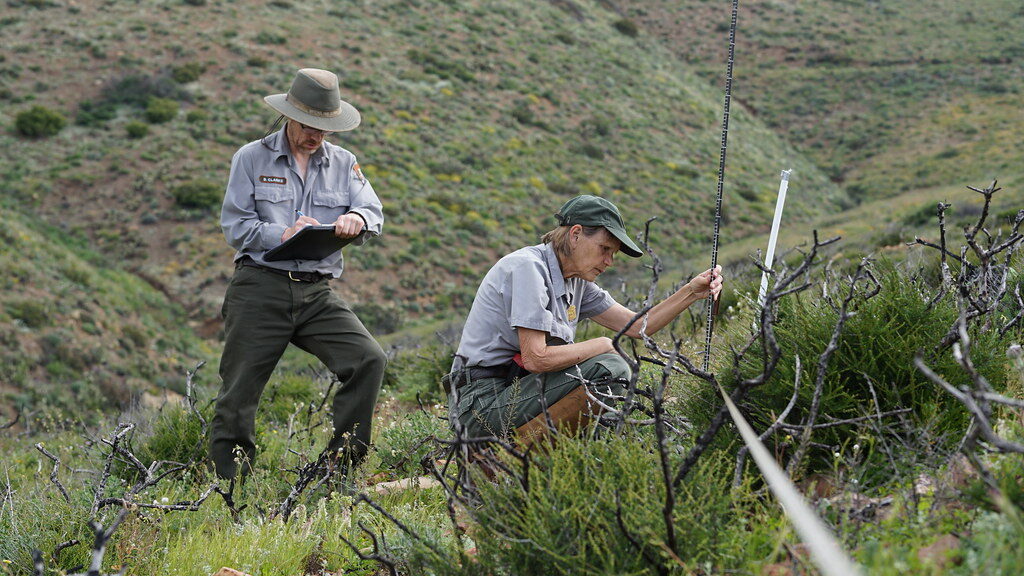
The economic implications of native pollinator displacement extend far beyond ecological considerations, directly affecting agricultural productivity and food security. Native pollinators contribute an estimated $3 billion annually to U.S. agriculture through their pollination services, with certain crops like blueberries, cranberries, and squash showing significantly higher yields when pollinated by native species rather than honey bees alone. The decline of specialized native pollinators can reduce both quantity and quality of certain crops, potentially increasing production costs as growers become more dependent on managed honey bee colonies that must be rented and transported. Beyond agriculture, invasive insects that damage ornamental landscapes impose significant costs on nurseries, landscaping businesses, and homeowners through reduced plant sales and increased management expenses. The cascading economic effects extend to tourism, where activities like wildflower viewing, butterfly watching, and honey production represent significant revenue sources in many rural communities that may be compromised by shifting pollinator dynamics.
Conclusion
The complex interplay between invasive insects and native pollinators represents one of the most significant yet underappreciated conservation challenges facing American ecosystems. From direct competitors like European honey bees to habitat destroyers like emerald ash borers, these non-native species are reshaping pollination networks that have evolved over millennia. Addressing these challenges requires coordinated action across scientific research, policy development, land management, and public engagement. While the situation is concerning, promising initiatives in habitat restoration, integrated pest management, and citizen science offer paths forward. By recognizing the vital ecological and economic roles that native pollinators play, and by working actively to mitigate the impacts of their invasive competitors, we can help ensure these essential insects continue to sustain both natural ecosystems and agricultural systems for generations to come.
